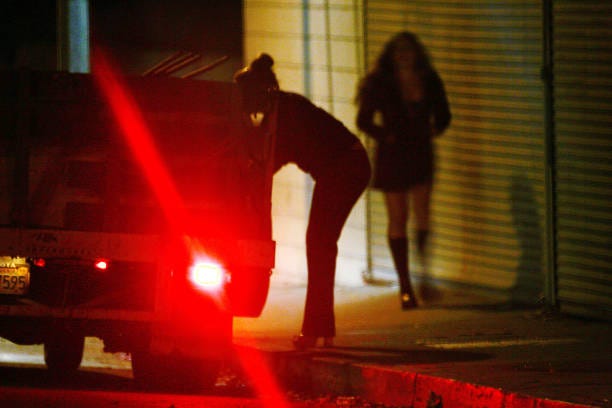
When you work in government long enough, certain phrases trigger automatic mental responses. “This will make our city safer” is one of those phrases that trigger skepticism.
Of course, a safer city is always preferable to an unsafe city. Lower crime rates are always better than higher crime rates. Peaceful neighborhoods are always more desirable than chaotic neighborhoods. No one’s disputing that.
However, living in a society means that every decision comes with a trade-off, an opportunity cost, if you want to use economic jargon. And you can’t let good intentions keep you from evaluating those trade-offs.
Recently, a city ordinance was passed unanimously by the New Orleans City Council to decriminalize sex work in Orleans Parish for crime victims.
Up front, I want to say that I believe this proposal is well-intentioned: They want to protect sex workers, the overwhelming majority of whom are young women. However, there's a but.
Before getting into that side of it, let's lay out what we’re dealing with. The ordinance contains two main elements.
First, it protects sex workers from prosecution and arrest when reporting crimes. For example, say a prostitute is with a client, and they beat and rob her. The prostitute can go to the police, report the crime to the NOPD, and not be at risk of facing punishment for prostitution. Second, the ordinance bars condom possession from being used as evidence for prostitution charges.
What we’re adopting here is a lite version of the Nordic Model, which basically takes away the criminal status from the seller, and places it all on the buyer.
It's an intriguing idea, but when you look at the patterns of what occurs after implementation, you see two things. First, those who advocate for sex workers' rights bemoan the fact that the model is majorly flawed. They say it provides insufficient protection and still views sex work as criminal, which leads to further pressure for full-scale legalization and regulation. And if you keep track of countries that legalized prostitution, across the board, you always see an expansion of the sex market, which yields higher rates of human trafficking, because human trafficking preys on the vulnerable, the underage, and foreigners who are less likely to go to the cops to begin with.
The Nordic Model approach has become more common in the U.S. in places like Maine, Baltimore, and Chicago. And during the initial stages, you hear all the talking points, such as that it removes sex work from the bowels of society and provides workers more protection, security, and healthcare.
Again, I don’t want anybody to suffer abuse and feel unable to approach law enforcement when crimes are committed against them. However, in this case, I think the important question to ask is what is the most likely outcome as opposed to the desired outcome?
Because with similar ideas, whether it be marijuana legalization, prosecution-free drug zones, or sex work decriminalization, you always hear advocates point to the optimistic, silver-lining, You know this will bring in boatloads of tax money…The number of ODs and crime rates will plummet… Think of how many abused sex workers get police protection.
Then the laws pass, and we’re left to face reality. And the reality is usually this: When you take steps in the direction of legalization, you offer an invitation to those in surrounding areas involved in similar criminal behavior to take advantage of laxer laws.
I don’t own a crystal ball, but it's clear that by loosening the laws, we’re inviting more criminal activity, more sex work, and, sadly, more human trafficking. And in the end, in our city, we could very likely see more abuse against sex workers than ever before.
This Nordic Model is simply the same one-size-fits-all approach that's often tried but doesn't work. Sure, it sounds great upfront, and I don't doubt the sincerity of those involved.
But if you want my honest take, I’ll end with a question: Do you want to lose the Quarter real quick? Start relaxing sex worker legislation. Start right there and then see if it won't spread to the surrounding neighborhoods. See if it won't encroach on businesses, school zones, or public spaces. See if it won't lead to more advertising and public solicitation.
It’s what we’re seeing in Baltimore, Philadelphia, and Chicago. I’ll tell you one thing, we won’t see crime go down across the board because of it.
It all starts with these little intrusions.

